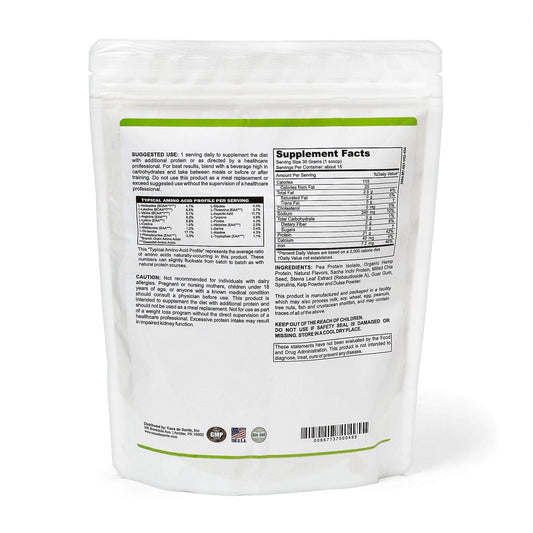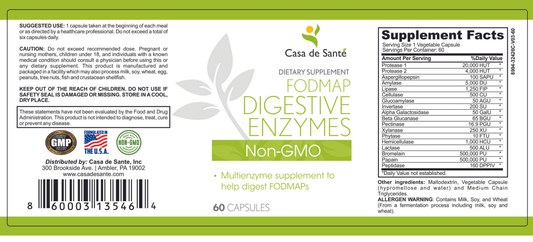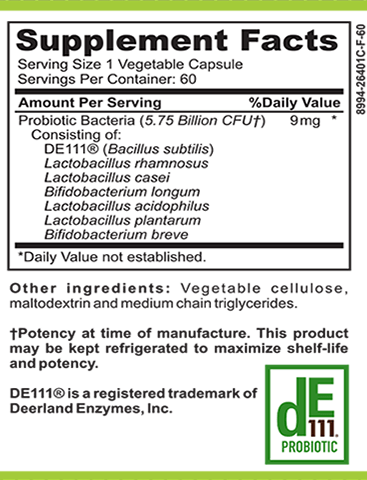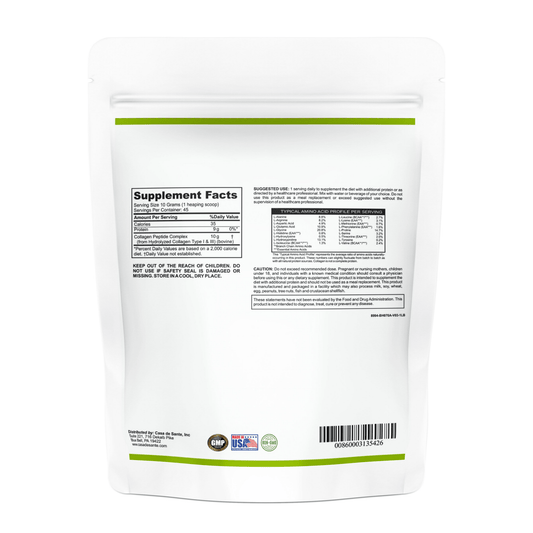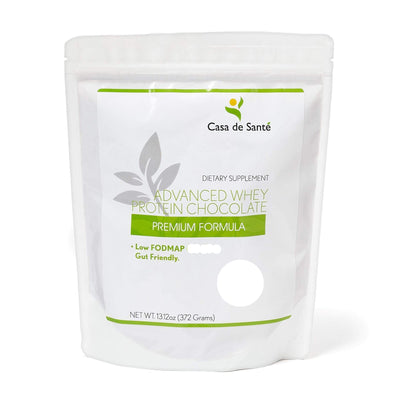What Is Charcot Marie Tooth Disease
What Is Charcot Marie Tooth Disease
Charcot Marie Tooth Disease (CMT) is a hereditary neurological disorder that affects the peripheral nerves, causing muscle weakness and sensory loss. It is named after the three physicians who first described it - Jean-Martin Charcot, Pierre Marie, and Howard Henry Tooth. This article aims to provide a comprehensive overview of this condition, including its definition, history, causes, symptoms, diagnosis, treatment options, and practical tips for living with CMT.
Understanding the Basics of Charcot Marie Tooth Disease
Definition and Overview
Charcot Marie Tooth Disease is a group of inherited disorders that affect the peripheral nerves. The peripheral nerves connect the brain and spinal cord to the muscles and sensory organs in the limbs. CMT causes progressive damage to these nerves, resulting in muscle weakness and wasting, impaired sensation, and problems with coordination and balance.
CMT is frequently classified as a neuropathy, a condition that specifically affects the peripheral nerves. It is one of the most common inherited neurological disorders, with an estimated prevalence of 1 in every 2,500 people worldwide.
Individuals with CMT may experience a wide range of symptoms, which can vary in severity. Some may only have mild weakness and minimal functional impairment, while others may experience significant disability and require assistive devices such as braces or wheelchairs.
Although CMT primarily affects the peripheral nerves, it can also have secondary effects on other systems in the body. For example, individuals with CMT may develop foot deformities, such as high arches or hammertoes, due to muscle imbalances and weakness in the feet. These deformities can further contribute to difficulties with walking and balance.
The History of Charcot Marie Tooth Disease
First identified in the late 19th century, Charcot Marie Tooth Disease was named after the three influential neurologists who independently discovered and reported it. Jean-Martin Charcot, a renowned French neurologist, Pierre Marie, his pupil, and Howard Henry Tooth, a British physician, all contributed invaluable insights to our understanding of this condition.
The initial descriptions of CMT focused on the clinical manifestations and inheritance patterns observed in affected families. However, it wasn't until the advent of modern genetic testing techniques that researchers were able to identify the specific genetic mutations responsible for different subtypes of CMT.
Over the years, further research has led to the identification of various subtypes of CMT, each with distinct genetic mutations. These discoveries have shed light on the underlying mechanisms of the disease, paving the way for improved diagnosis and potential future treatments.
Today, genetic testing plays a crucial role in diagnosing CMT and determining the specific subtype. This information is important for understanding the prognosis and potential complications associated with the disease. It also allows for genetic counseling, which can help individuals and their families make informed decisions about family planning and managing the condition.
Despite the progress made in understanding CMT, there is still much to learn. Ongoing research aims to uncover additional genetic factors and molecular pathways involved in the development and progression of the disease. This knowledge could potentially lead to targeted therapies and interventions that could slow down or halt the progression of CMT.
The Causes and Risk Factors of Charcot Marie Tooth Disease
Charcot Marie Tooth Disease (CMT) is a neurological disorder that affects the peripheral nerves, leading to muscle weakness and sensory deficits. While the primary cause of CMT is genetic, there are also environmental triggers that can influence the expression and progression of the disease.
Genetic Factors
CMT is primarily an inherited condition, caused by mutations in the genes responsible for the structure and function of the peripheral nerves. The majority of cases are passed down through families in an autosomal dominant pattern, which means that an affected parent has a 50% chance of passing the genetic mutation to their offspring. However, in some instances, the condition may also follow an autosomal recessive or X-linked inheritance pattern.
Researchers have identified over 100 specific genes associated with CMT, and these genes play vital roles in maintaining the health and integrity of the peripheral nerves. Depending on the specific genetic mutation involved, the severity and progression of the disease can vary greatly among individuals.
One of the most common genes associated with CMT is the PMP22 gene, which produces a protein that is essential for the normal functioning of the peripheral nerves. Mutations in this gene can lead to the production of an abnormal protein, causing the nerves to become damaged and leading to the characteristic symptoms of CMT.
Another gene commonly implicated in CMT is the MFN2 gene, which is responsible for producing a protein involved in the fusion of mitochondria. Mitochondria are the powerhouses of the cells and play a crucial role in providing energy for nerve function. Mutations in the MFN2 gene can disrupt mitochondrial fusion, leading to impaired energy production and nerve damage.
Environmental Triggers
While genetic factors are the primary cause of CMT, certain environmental triggers can influence the expression and progression of the disease. For example, exposure to toxins, infections, or certain medications may exacerbate the symptoms of CMT or accelerate its progression.
Environmental toxins, such as heavy metals or industrial chemicals, can have a detrimental effect on the peripheral nerves, further compromising their function and leading to increased weakness and sensory deficits. Infections, particularly viral infections, can trigger an inflammatory response in the body, which can worsen the symptoms of CMT and contribute to disease progression.
Additionally, certain medications, such as certain chemotherapy drugs or antibiotics, can have neurotoxic effects, potentially causing nerve damage and exacerbating the symptoms of CMT. It is important for individuals with CMT to work closely with their healthcare providers to ensure that any medications they take are safe and do not worsen their condition.
Physical trauma or repetitive stress on the nerves can also worsen the muscle weakness and sensory deficits associated with CMT. Activities that involve repetitive movements or excessive pressure on the nerves, such as certain sports or occupations, can lead to increased damage to the peripheral nerves and a faster progression of the disease.
In conclusion, while genetic factors are the primary cause of Charcot Marie Tooth Disease, environmental triggers can influence the expression and progression of the disease. Understanding these causes and risk factors is crucial for developing effective treatment strategies and improving the quality of life for individuals living with CMT.
Symptoms and Diagnosis of Charcot Marie Tooth Disease
Common Symptoms
The symptoms of Charcot Marie Tooth (CMT) disease can vary widely among affected individuals, even within the same family. This genetic disorder primarily affects the peripheral nerves, leading to muscle weakness and wasting, particularly in the lower legs and feet. As a result, individuals with CMT may experience difficulties with walking, balance, and coordination.
In addition to muscle weakness, sensory abnormalities are also prevalent in CMT. Many individuals may experience numbness, tingling, and decreased sensitivity to pain or temperature. These sensory deficits can significantly impact daily life and may require adaptive strategies to manage.
Over time, the muscle weakness and sensory deficits associated with CMT can progress to involve other parts of the body, including the hands. This progressive nature of the disease means that individuals may experience a gradual decline in muscle function and sensory perception.
Furthermore, foot deformities are common in individuals with CMT. These deformities, such as high arches or hammertoes, can further impact mobility and balance. Managing these foot deformities often requires the use of orthotic devices or specialized footwear to provide support and stability.
Diagnostic Procedures
Diagnosing CMT typically involves a combination of clinical evaluation, family history assessment, and specialized tests. A neurologist, who specializes in disorders of the nervous system, will perform a thorough physical examination to assess muscle strength, reflexes, coordination, and sensation.
During the physical examination, the neurologist may also evaluate the individual's gait and balance, looking for any abnormalities that may be indicative of CMT. They will carefully observe the individual's movements and may ask them to perform specific tasks to assess their motor skills.
In addition to the physical examination, the neurologist may order additional tests to confirm the diagnosis and determine the specific subtype of CMT. Nerve conduction studies, which measure the speed and strength of electrical signals traveling along the nerves, can provide valuable information about the function of the peripheral nerves.
Genetic testing plays a crucial role in diagnosing CMT. By identifying the underlying genetic mutation responsible for the disease, genetic testing can not only confirm the diagnosis but also help predict the prognosis. This information is essential for informing treatment decisions and providing personalized care.
Moreover, genetic testing can provide valuable information for genetic counseling and family planning. Understanding the specific genetic mutation allows individuals and their families to make informed decisions about their reproductive options and assess the risk of passing CMT on to future generations.
In conclusion, the symptoms of Charcot Marie Tooth disease can vary widely among affected individuals. Muscle weakness, sensory abnormalities, and foot deformities are common features of the disease. Diagnosing CMT involves a combination of clinical evaluation, family history assessment, and specialized tests, including genetic testing. This comprehensive approach allows healthcare professionals to provide accurate diagnoses, personalized treatment plans, and valuable information for genetic counseling and family planning.
Treatment Options for Charcot Marie Tooth Disease
Medication and Therapy
While there is currently no cure for CMT, various treatment options can help manage the symptoms and improve quality of life. Medications, such as pain relievers, muscle relaxants, and anti-inflammatory drugs, may be prescribed to alleviate pain and muscle spasms.
Physical therapy plays a pivotal role in CMT management, with individualized exercise programs designed to improve muscle strength, flexibility, and balance. Occupational therapy can also provide practical strategies for managing everyday activities and adapting to any physical limitations.
Surgical Interventions
In some cases, surgical interventions may be necessary to address specific complications associated with CMT. For example, corrective surgeries can help treat foot deformities or correct spinal abnormalities that may worsen neurological symptoms. These surgeries aim to enhance mobility, reduce pain, and prevent further damage to the peripheral nerves.
Living with Charcot Marie Tooth Disease
Lifestyle Adjustments
While living with CMT can present unique challenges, there are numerous ways to adapt and maintain a fulfilling life. Occupational and physical therapists can provide valuable guidance on assistive devices, such as orthotic braces, splints, or canes, which can enhance mobility and alleviate stress on the weakened muscles and joints.
Incorporating regular exercise into daily routines, tailored to individual abilities, can help slow disease progression and improve overall well-being. It's important to strike a balance between staying active and avoiding excessive strain on the muscles and nerves.
Support and Resources
Coping with CMT can be emotionally and psychologically challenging for individuals and their families. Joining support groups or seeking counseling can provide valuable emotional support, as well as a sense of community with others facing similar experiences.
Various organizations and websites dedicated to CMT offer resources, educational materials, and updates on the latest research and treatment options. Staying informed and connected can help individuals and families navigate the journey of living with Charcot Marie Tooth Disease.
In conclusion, Charcot Marie Tooth Disease is a complex neurological condition that affects the peripheral nerves, leading to muscle weakness, sensory loss, and coordination difficulties. Although there is no cure, early diagnosis, appropriate medical interventions, and adaptive strategies can help individuals with CMT manage their symptoms and maintain a fulfilling life.


